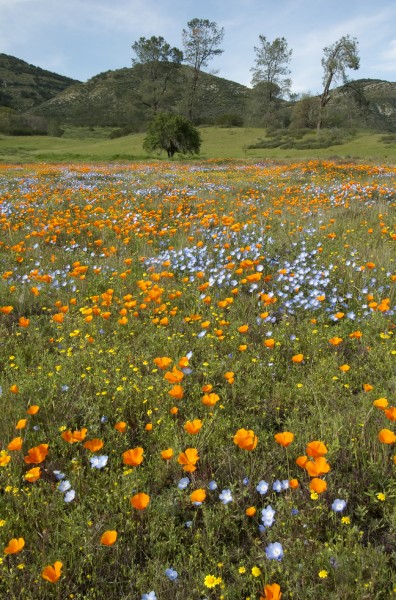






Native plants have a reputation for being the plain Janes of the plant world. That is simply not true. You can enjoy a beautiful garden while protecting the health of local ecosystems when you plant natives. More people than ever are filling their garden with native plants. This is partly a result of the new awareness of the hazards of exotics and invasive plants. Gardeners are more concerned about using environmentally responsible practices these days, and that includes using native plants.
The definition of “native plant” depends on who you ask. Even the government agencies responsible for the protection of the environment define it differently. For example, the U.S. Fish and Wildlife Service defines native plant as “A species that, other than as a result of an introduction, historically occurred or currently occurs in that ecosystem.” Some state agencies have more restrictive guidelines, maintaining that native plants are those that existed in the area before the first European contact.
Gardeners have to decide for themselves how the term “native plant” applies in their own garden. While some include plants that are native anywhere in the United States, others only include plants native to local ecosystems or the immediate area.
Here are a few of the benefits of using native plants:
While native plants have an advantage over non-natives in a localized area, not all will thrive in your garden. No matter how hard you try, cultivated gardens never quite recreate conditions in the wild. Everything from the proximity of lawns and structures to the way we care for our garden has the potential to affect plant growth.
Gardens often contain fill dirt or topsoil brought in from other areas to level the soil and bury construction debris. Don’t be afraid to experiment with using native plants in gardens, but don’t expect 100 percent success.
Not all native plants are attractive or desirable. Some are poisonous, have unpleasant smells, or attract clouds of insects. Some plants protect themselves from hot or dry spells by going dormant — something we don’t want to see in a flowerbed. A few natives, such as poison ivy and thorny brambles, are downright annoying or dangerous.
Copyright © www.100flowers.win Botanic Garden All Rights Reserved